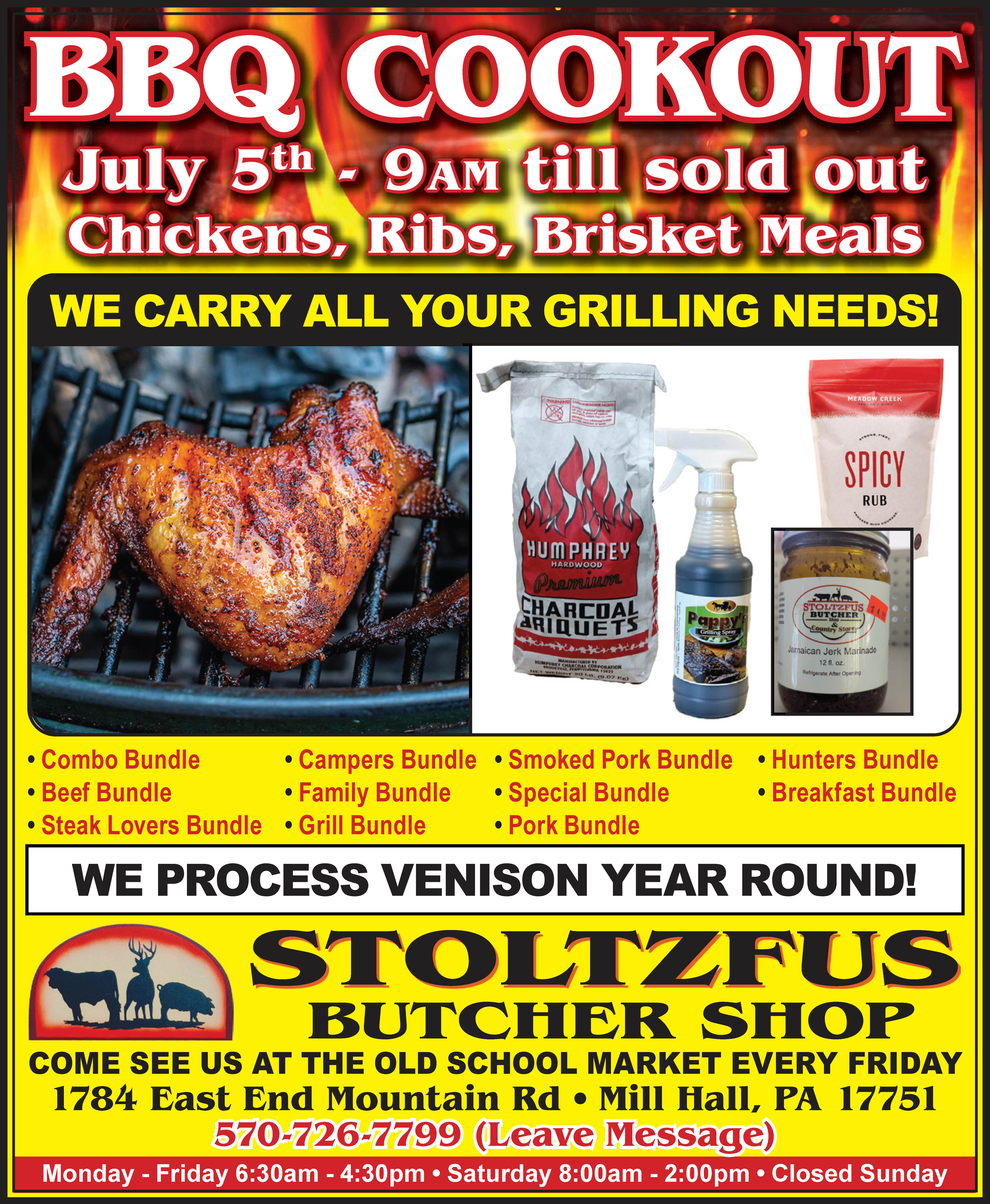As the fall hunting seasons draw to a close, the word is that a good number of hunters throughout our area have fresh venison burger tucked away in the freezer and back straps available for the grill. Some even got their fall turkey, and the really lucky ones added a black bear to their recent success. A few less fortunate hunters will have to count on store-bought beef, chicken, and pork to make it through the months ahead. For the unsuccessful hunters, perhaps a few more days in the hunting seasons might be the answer, but the chances are slim to none that any of the seasons will be expanded in the foreseeable future. The good news is that the season to greatly influence your chance for success begins tomorrow. Between now and the beginning of the fall seasons (with the exception of the spring gobbler season), there is plenty of time to increase the odds for success this year.
If you really want to up your chances at bringing home free-range, nutritious, and chemical-free wild game meat, there are many things you can do during the next few months that will lead to greater success. The planning and executing of a habitat project or two can easily be accomplished over these otherwise activity-free winter months.
One of the greatest habitat improvement ideas that we have discussed before is a small clearcut in a woods setting that can later be turned into a food plot. With snow on the ground, it is much easier to identify just where the more active game trails are that cross the property you are hunting. If possible, you might try to develop a cutting — and future food plot — near a crossing point of multiple active game trails. By dropping all of the trees now in this future food plot, you make available a much-needed food source in the form of twigs and buds that deer will use to supplement their stored fat and dwindling supply of acorns. Making the cutting 1/4 to 1/2 acre will make it more manageable when clearing and planting later.
Consider doing further cutting of trees around the perimeter of the opening by “hinge-cutting” some of the trees. Hinge cutting is accomplished by not cutting all the way through the tree but stopping short so that the tree tips over and still has a portion of its trunk uncut — allowing minerals and nutrients to continue to flow through the cambium layer and keep the tree alive. In the spring, the tree will bud out, then leaf out and provide a living “hedge” of cover around the perimeter of the opening. This cover might help provide an ideal location for a climber stand or ladder stand once the food plot is established.
While the chainsaw is sharp, think about clearing and enhancing existing trails, old logging roads, and log landings. Deer, bears, and turkeys are like humans in that they like to take the easy way most times. That is how heavily traveled trails are developed, and frequently, game will travel old logging roads and skid trails. You can keep the game using the same trails by removing fallen logs and limbs that make the game walk around these obstacles. By keeping the game using these same trails, you can ensure greater success from nearby stands. By using the hinge-cutting technique described above, you could drop several trees alongside a trail or cross trails in such a fashion as to create a pinch point — forcing the game to funnel through a tighter spot. This, then, becomes an excellent location for a nearby tree stand.
It is well known that ruffed grouse-like areas have early growth stage aspen seedlings and trees. Further, when an aspen tree is cut down, frequently they will reestablish by root regeneration, where seedlings will actually sprout along the root line of the old tree. By cutting several mature aspens in close proximity to each other, you will first provide needed feed for deer, and later, as the seedlings become saplings and small trees, you will provide an improved habitat for our state bird — the ruffed grouse.
With the majority of the hunting seasons closed or coming to a close, you can begin a new “season” by gathering up a few tools, heading to the woods and begin preparing for what future seasons might provide. Not only will the habitat be better, but you will be in better shape to climb the hills when spring gobbler season begins in less than four short months!



